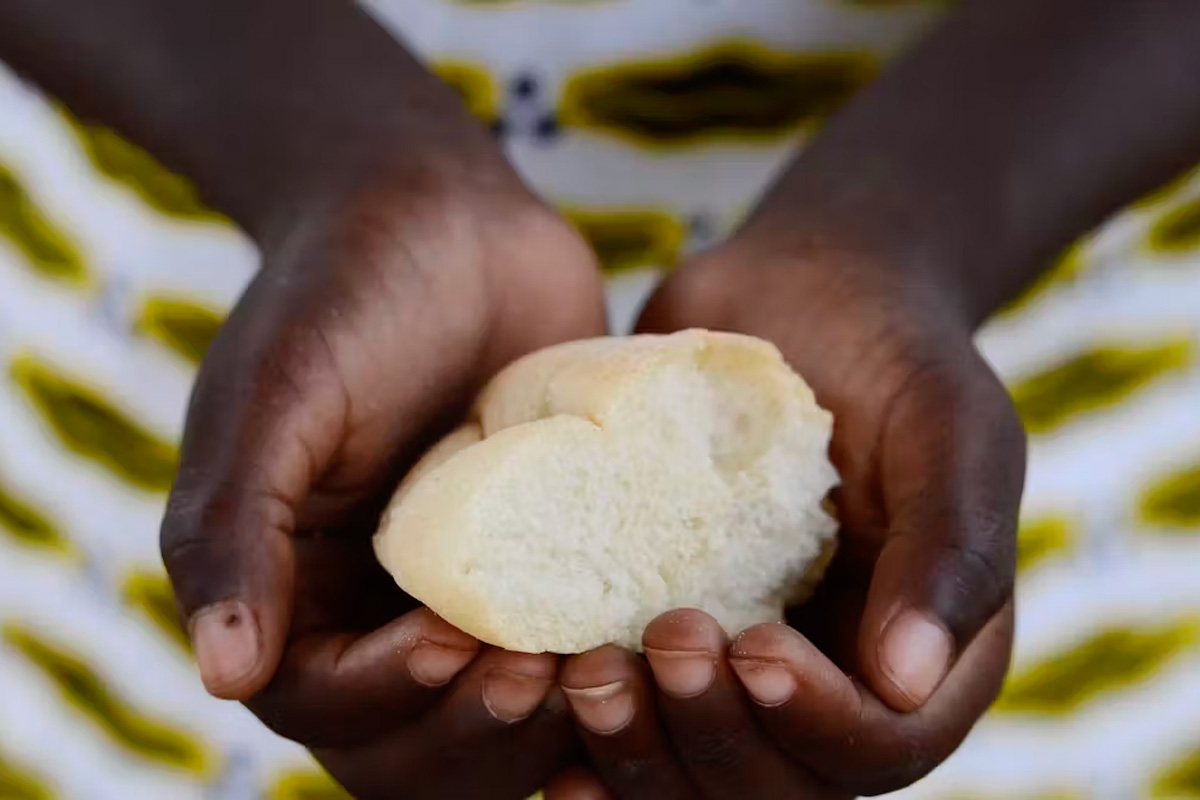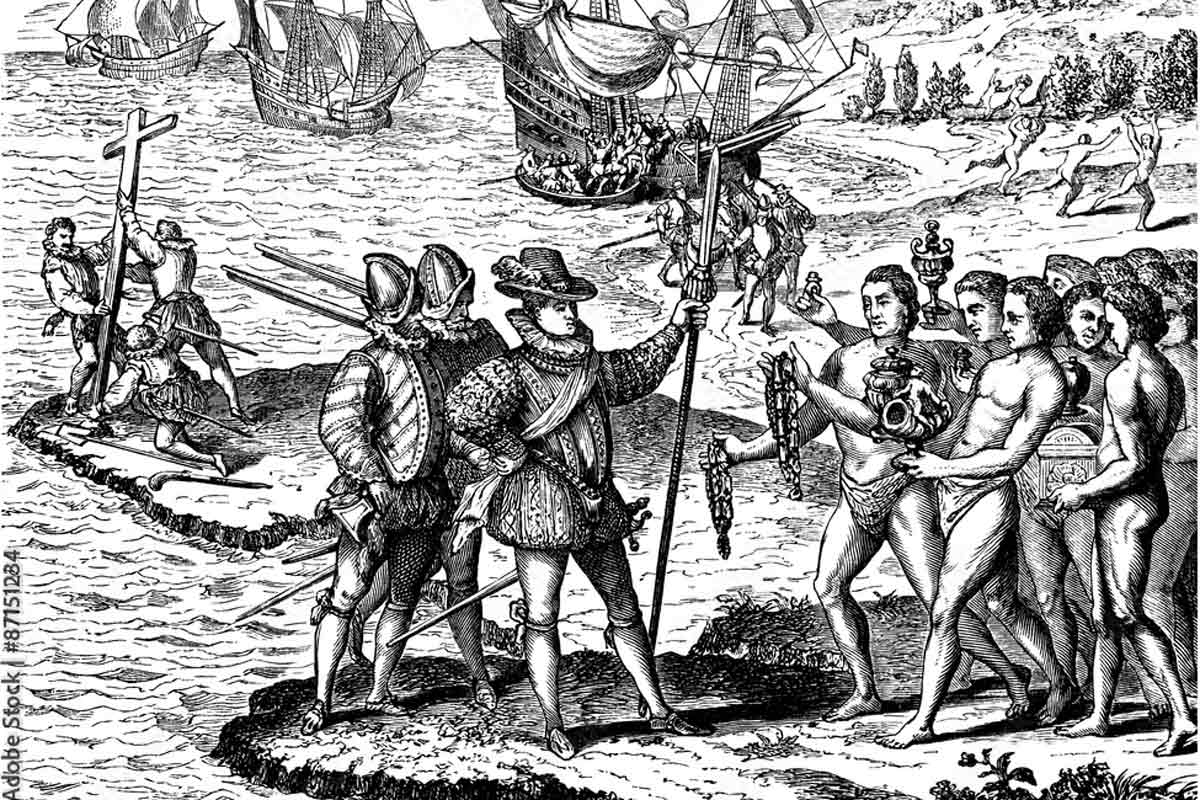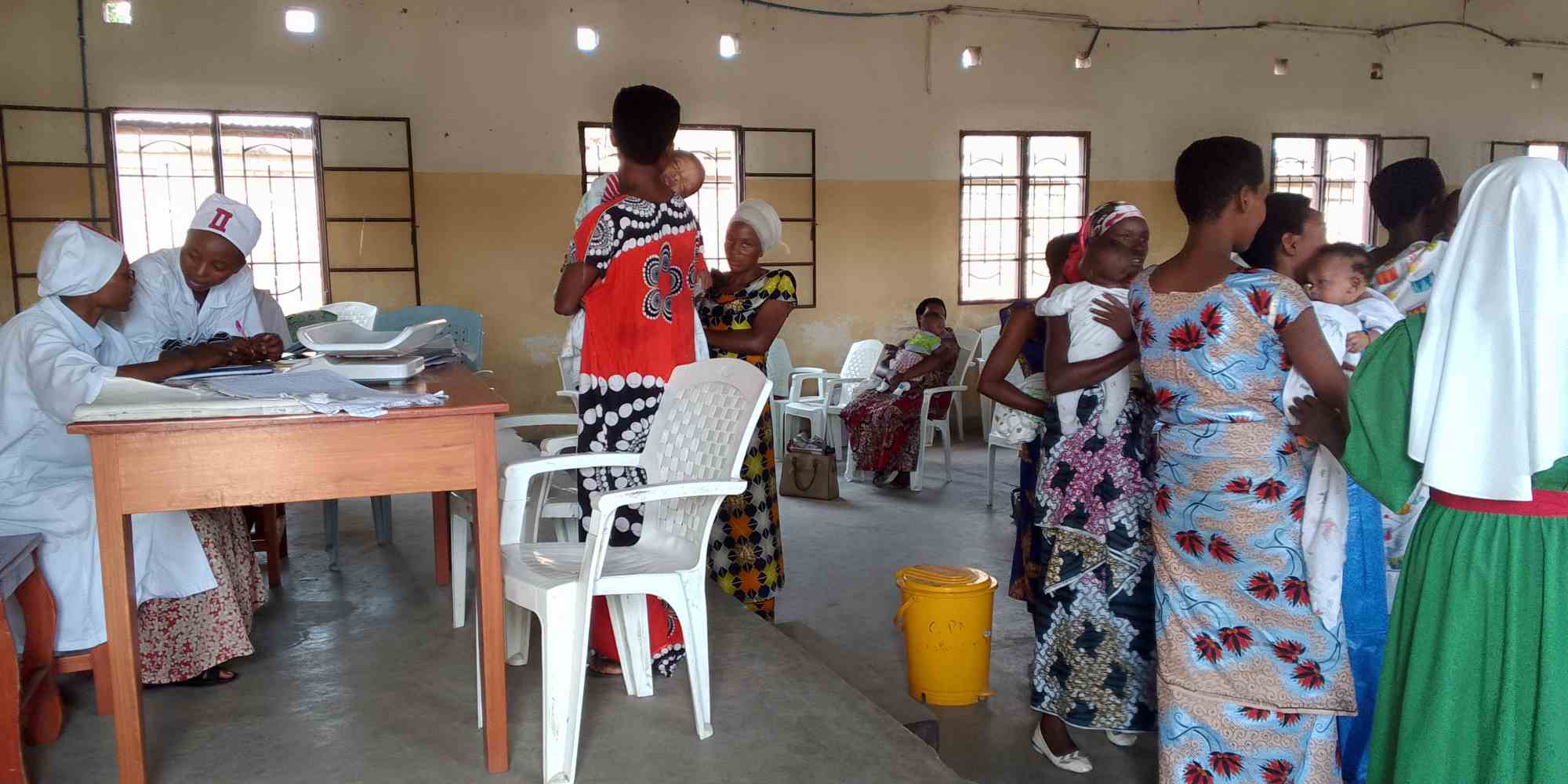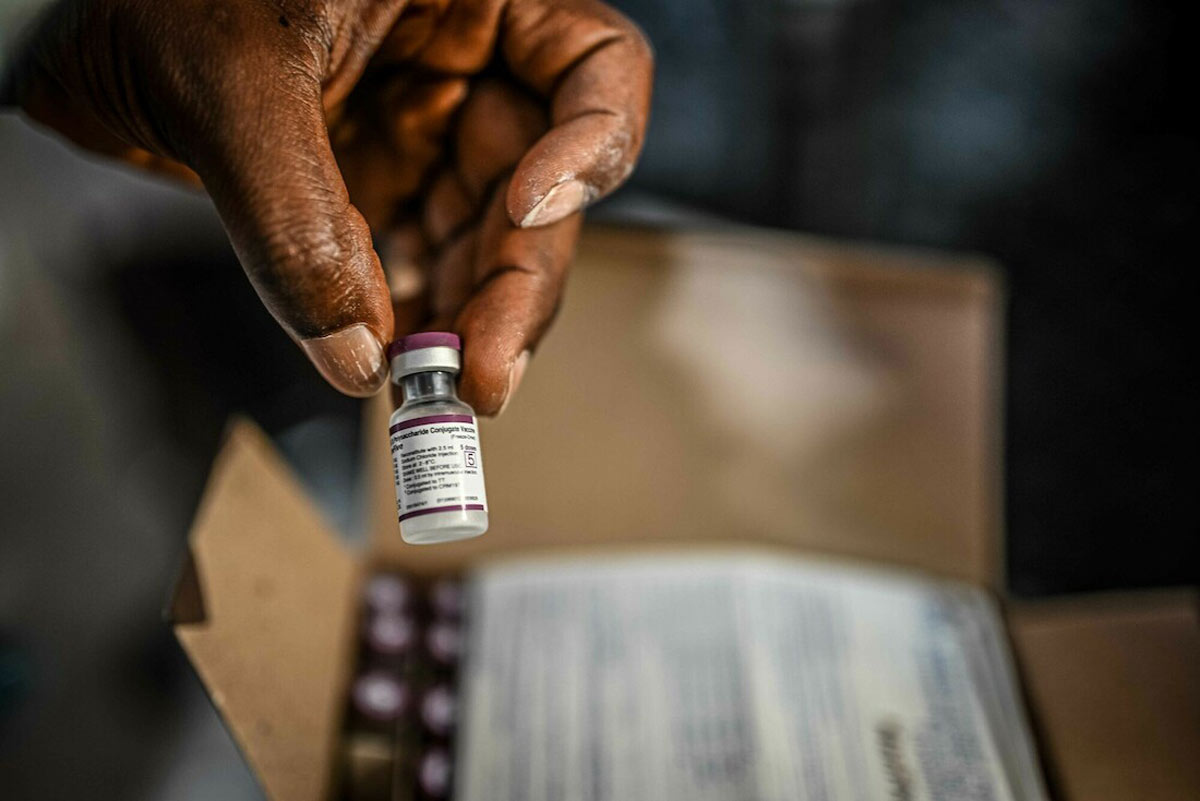Olivier Charmeil, CEO of Sanofi Pasteur and Gavi board member.

An infant receives oral polio vaccine at a railway station in Patna, Bihar. Photo: Gavi/Manpreet Romana.
This month, India is set to introduce one dose of inactivated injectable polio vaccine (IPV) to its national immunization schedule. Every Indian child will benefit from this essential vaccine. It is one of the last steps towards a polio-free world.
Firstly, IPV will be an added form of defense that will be given alongside the familiar oral vaccine. Then, it will be the only vaccine used to keep the world free of polio. India has had no wild polio since 2011 and was certified last year by WHO as polio-free, an impressive achievement.
Not a single case of infection with the wild polio virus has been recorded in Africa for the first year in history. Afghanistan and Pakistan are now the only places on earth where polio transmission has not been interrupted. However, there too, the news is excellent. As we speak, the total number of paralytic polio cases has dropped dramatically compared to last year. Heroic efforts by health workers have almost pushed the virus out of existence. We are optimistic that a polio-free world is in sight.
I am incredibly proud to be part of a global company with roots in Canada, the U.S., France and India that has been at the forefront of the fight against polio for over 60 years.
In Toronto laboratories that are now part of our core research and manufacturing effort, large volumes of polio vaccines were produced – Jonas Salk brought to the world the first polio vaccine ever. Salk showed that the inactivated vaccine had the potential to stop the yearly polio epidemics that were terrorizing Europe and North America in the 1950s. Salk’s vaccine was, though, difficult to manufacture so the world came to rely on an oral vaccine developed by Albert Sabin. Sanofi Pasteur has produced billions of doses of that oral vaccine.

Jonas Salk administering his inactivated polio vaccine in 1956. Photo: Yousuf Karsh for Wisdom Magazine.
The drops of vaccine on a sugar cube, or straight into children’s mouths, have become icons of vaccination campaigns against polio in the developing world. Thanks to the oral polio vaccine the number of polio cases have declined by 99%, however it can’t lead all the way to a polio-free world as it contains a very weakened form of the live polio virus.
Dr Charles Mérieux, started to work with Jonas Salk in the 80s to produce an enhanced inactivated polio vaccine at industrial level. In 2014, we announced a landmark public-private collaboration with the Gates Foundation, Gavi the Vaccine Alliance, WHO and other partners which would make sure that every child in the world would get one dose of this inactivated vaccine that has kept Europe and North America free of polio. From now on, that advanced inactivated polio vaccine will also be supplied from our colleagues at Shantha in Hyderabad for India’s children.
As dozens of countries are introducing IPV into their routine immunisation schedule this year, we face the huge responsibility of delivering millions of doses. Our production teams in France are doing their best to deliver more doses than ever. However, we are fully aware than we have not ramped up as quickly as countries introductions require. In order to ensure we are able to catch up, we have mobilized our teams worldwide to deliver increasing amounts of IPV supply in the coming months.
This efforts should enable to reach our common objective of eliminating this scourge. As a global community, we have made extraordinary progress. Just twenty years ago, there were 200,000 cases of polio in the world and many mocked the dream of eradicating the disease. Now, thanks to technology and a groundbreaking agreement on the means to deploy it, we might be only months away from the last-ever polio case.
The only danger is that we globally, the people who think we are safe, lose interest before the job is finished. If eradication fails there could be 50,000 cases every year by 2025 according to a GPEI / McKinsey study. Polio could then return to communities that have been free since the time of Dr Salk’s great discovery in the late 1950s.

Olivier at Nepal’s IPV launch in 2014. Photo: Sanofi Pasteur / Gautham Dhimal.
As a manager, I need to be on the alert for bad news, but as a father, I look for hope. When my grandchildren ask me what I did with my life, I hope to tell them that I worked for a company which helped rid the world of a disease that once existed. Maybe I will even be able to say that we inspired others by showing how much could be done when the private and public sectors come together for the sake of communities, parents and children in India and in the world.






